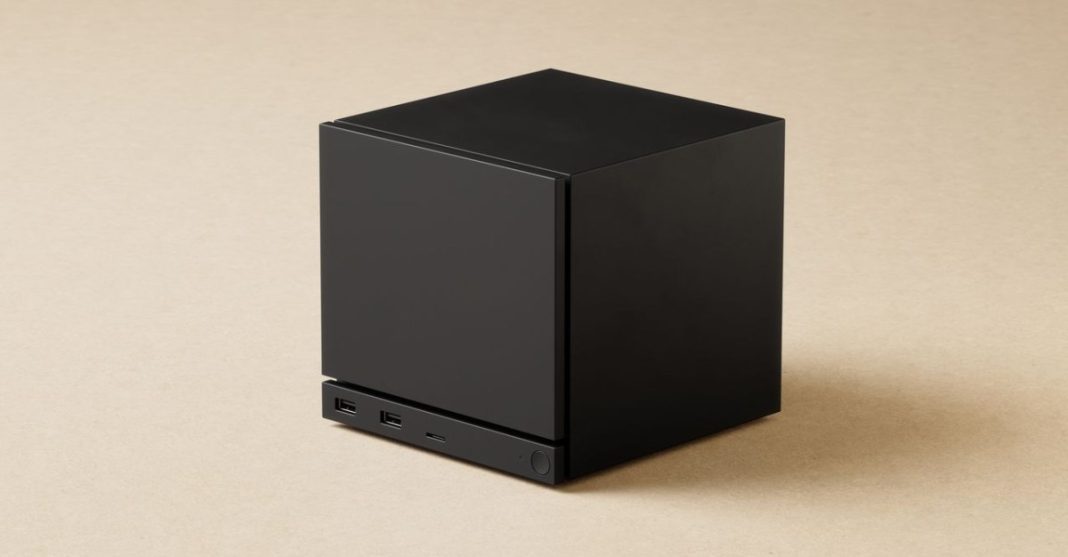Gamers have long navigated a familiar dilemma: the raw power and boundless flexibility of PC gaming often tethered to a desk, versus the plug-and-play convenience and social appeal of a console nestled in the living room. For years, the elusive dream of a true “TV gaming PC” that effortlessly bridges this divide remained just that – a dream. But with the advent of the Steam Machine, a significant portion of the gaming community is finding that this long-desired ideal has finally materialized. It’s truly everything a certain type of gamer has been wanting for their big screen experience.
Bringing PC Power to the Living Room
Traditional consoles, while excellent for immediate entertainment, come with inherent limitations: closed ecosystems, fixed hardware cycles, and a curated, often more expensive, storefront. PC gaming, on the other hand, offers unparalleled graphical fidelity, higher frame rates, access to an enormous and diverse game library, and the creative freedom of modding. The challenge for enthusiasts was always how to seamlessly transplant this rich experience from a desktop battle station to a comfortable couch setup without significant compromises.
This is precisely where the Steam Machine steps in. Designed from its core to sit elegantly within an entertainment center, it deftly packages serious gaming hardware into a compact, console-esque form factor. Running on SteamOS, a Linux-based operating system optimized for gaming, it serves as a dedicated portal to the vast Steam ecosystem. This brings a library of thousands of titles, from indie gems to AAA blockbusters, directly to your sofa. It’s not merely about playing games on a TV; it’s about experiencing true PC gaming on a TV, complete with all the graphical prowess and expansive options that entails.
Flexibility and Control, Unbound
What truly distinguishes the Steam Machine for many isn’t just its ability to render PC games on a large display, but the intrinsic flexibility and openness of its platform. Unlike consoles with their rigid hardware refresh cycles, many Steam Machine models offer a degree of component modularity. This means users potentially have the option to upgrade elements like the GPU or RAM over time, significantly extending the machine’s viable lifespan and ensuring it keeps pace with the ever-evolving demands of new game releases – a critical advantage inherited directly from the PC world that consoles simply cannot replicate.
Furthermore, the input method received considerable innovation. While its reception was varied, the Steam Controller was a bold and ambitious attempt by Valve to bridge the gap between the precision of a mouse and keyboard and the comfort of a gamepad for the living room. Its unique haptic feedback and configurable touchpads aimed to make even complex PC titles feel natural and intuitive from the couch, opening up genres previously unsuited for traditional console play.
As one dedicated gamer, Mia Rodriguez, enthusiastically shared, “It’s the best of both worlds – the raw power and open ecosystem of PC gaming, without having to drag my rig into the living room. Plus, the ability to upgrade components means it won’t be obsolete in a few years like my old consoles.” This sentiment perfectly encapsulates the allure: a powerful, adaptable system meticulously crafted for the home entertainment center.
A Seamless, Dedicated Steam Experience
Valve’s vision extended beyond simply putting PC hardware into a small box; they engineered an entire user experience around it. SteamOS, with its custom Big Picture Mode interface, is meticulously optimized for a TV display. Navigating your extensive game library, browsing the store for new releases, engaging with friends, or tweaking settings is designed to be intuitive and entirely controller-friendly. It intentionally strips away the desktop clutter of a traditional PC, presenting a focused, gaming-first environment. This commitment to a seamless, dedicated gaming appliance elevates the Steam Machine beyond just being a mini-PC; it embodies the spirit of a console, powered by the boundless potential of the PC platform.
For those who have consistently yearned for the graphical fidelity, performance, and open-ended nature of PC gaming but desired the comfort, shared experience, and aesthetic integration of living room play, the Steam Machine has emerged as a truly compelling answer. It represents a significant and successful step towards unifying these previously distinct gaming experiences, proving conclusively that gamers no longer have to choose between raw power and living room convenience. It is, for many, genuinely everything they’ve wanted in a TV gaming PC.




